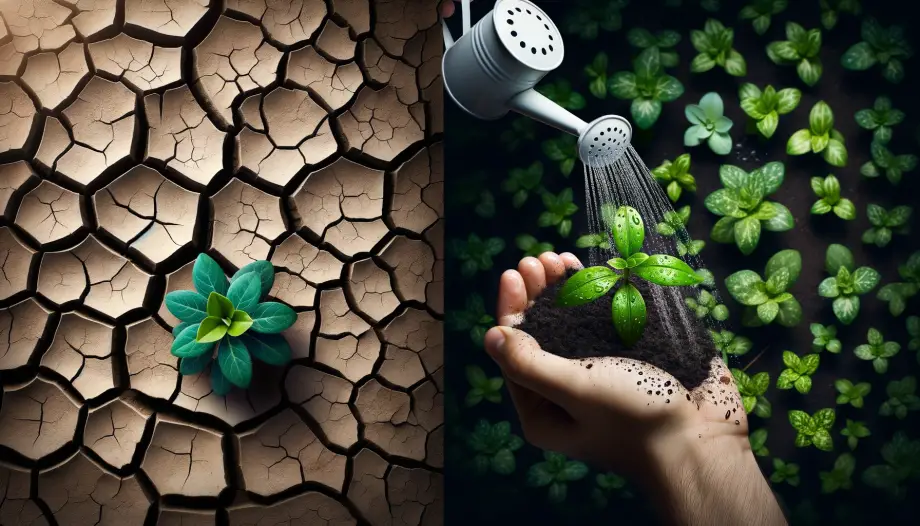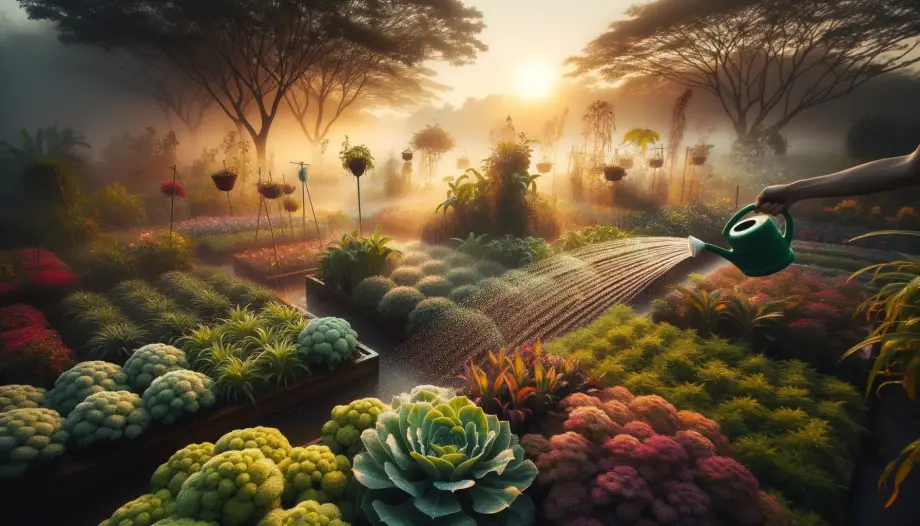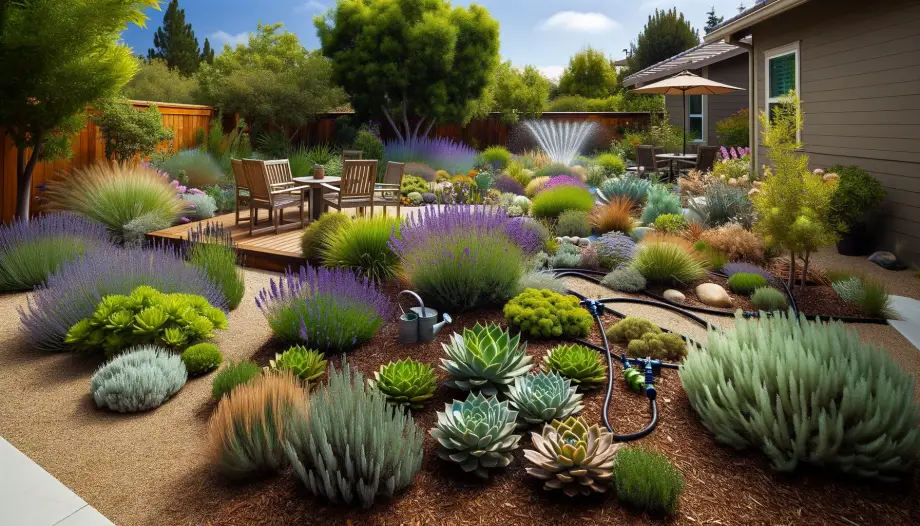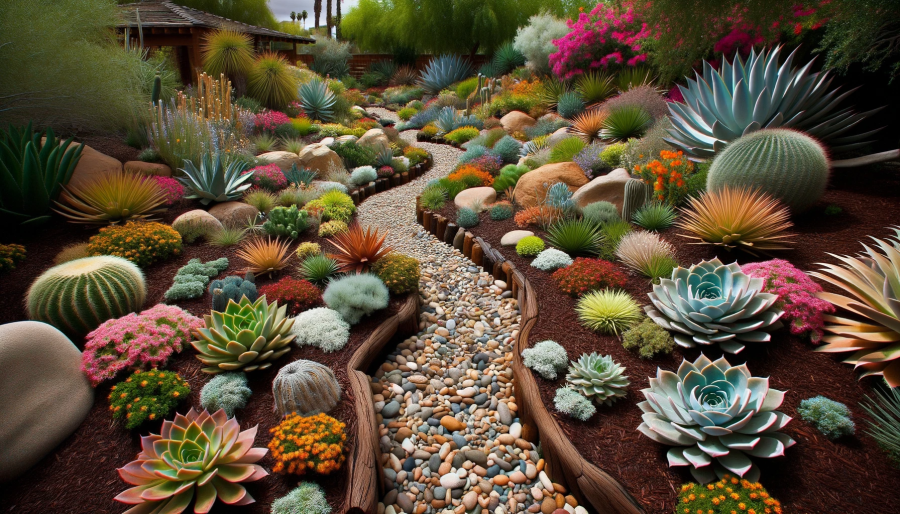
Explore xeriscaping benefits for your garden. Save water, enjoy lower maintenance, and elevate your property’s curb appeal with sustainable landscaping.
Xeriscaping Benefits Key Takeaways:
- Xeriscaping benefits include significant water savings, lower maintenance requirements, and enhanced property value.
- Making a positive environmental impact by reducing water usage and promoting local wildlife habitat.
- It’s a sustainable landscaping method perfect for arid and dry regions, aiming at water conservation and aesthetic appeal.
What Is Xeriscaping?

Embarking on a journey towards a sustainable and visually appealing outdoor space unveils the myriad xeriscaping benefits waiting to be discovered.
What are the benefits of xeriscaping?
This ingenious landscaping method is not merely a trend, but a long-term solution for water conservation, reduced maintenance, and enhanced curb appeal.
The ripple effects of xeriscaping extend beyond your garden, contributing to a greener, more sustainable environment.
Xeriscaping is the process of landscaping, or gardening, that reduces or eliminates the need for irrigation. It is promoted in regions that do not have accessible, plentiful, or reliable supplies of fresh water and has gained acceptance in other regions as access to irrigation water has become limited, though it is not limited to such climates. Xeriscaping may be an alternative to various types of traditional gardening. https://en.wikipedia.org/wiki/Xeriscaping
Xeriscaping: A Sustainable Landscaping Method

Xeriscaping is more than just a landscaping method; it’s a philosophy aimed at water conservation and natural resource preservation.
Originating from the Greek word “xeros” meaning dry, this landscaping method is a perfect response to water scarcity issues, especially in arid climates.
Definition and Principles of Xeriscaping
Dive into the world of xeriscaping, a landscaping method brimming with the potential to transform your outdoor space into a water-conserving haven.
Understanding its core principles and definitions is the first step toward reaping the myriad benefits it brings to both your garden and the local environment.
Introduction to Xeriscaping
Xeriscaping is an innovative landscaping method that significantly curtails water usage in your garden while retaining a lush, attractive appearance.
It emerged from the efforts of Denver Water during a period of severe water waste and has since become a beacon of efficient water use in landscape design.
The Seven Principles of Xeriscaping
The ethos of xeriscaping revolves around seven core principles that synergize to form a sustainable landscape.
These include planning and design, soil improvement, practical turf areas, appropriate plant selection, efficient irrigation, use of mulches, and appropriate maintenance.
Each principle is a roadmap to less water use and more sustainable green spaces.
Benefits of Xeriscaping
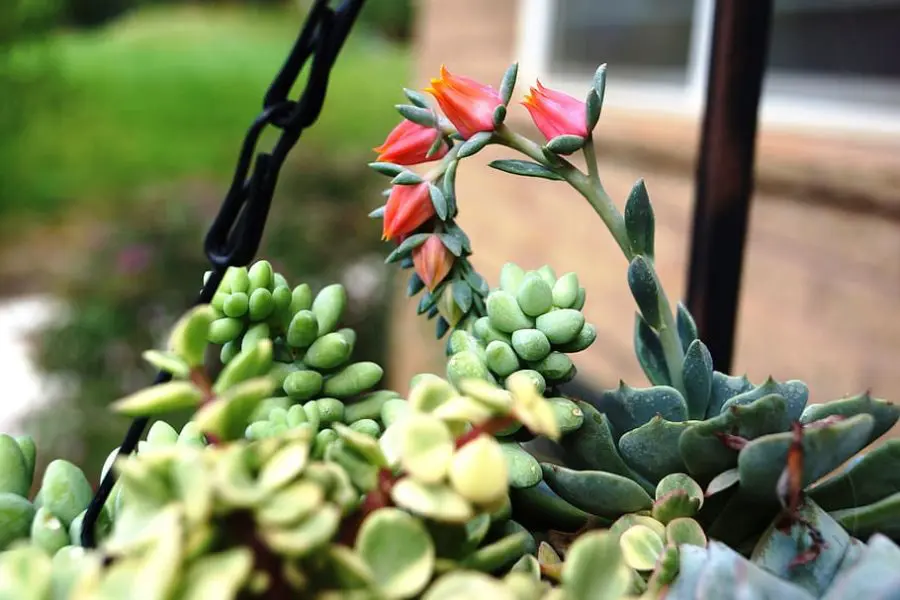
Discover the compelling benefits of xeriscaping that go beyond just saving water.
The benefits of a xeriscape yard are sustainable approach not only curtails your water usage, but also invites a realm of advantages like lower maintenance, enhanced property value, and a positive nudge to local ecosystems.
It’s a win-win for both homeowners and nature! Here’s an overview of drought tolerant landscaping offers.
Significant Water Savings
Xeriscaping is synonymous with less water consumption and water-wise gardening.
By opting for drought-resistant plants and efficient irrigation systems, you can slash gallons of water typically needed for a green lawn.
The reduction in water requirements is not only a boon for arid regions but a substantial money-saving avenue through lower water bills.
Reduced Maintenance
With xeriscaping, say goodbye to the incessant lawn mowers, and hello to less maintenance.
The choice of plants with low water needs translates to little maintenance.
Less time spent on lawn care means more time enjoying your outdoor haven.
Enhanced Property Value
A xeriscaped garden is a visually appealing asset that boosts your property value.
The aesthetic curb appeal coupled with the environmental impact of water conservation makes your property a hot cake among eco-conscious property owners.
Implementing Xeriscaping in Your Outdoor Space
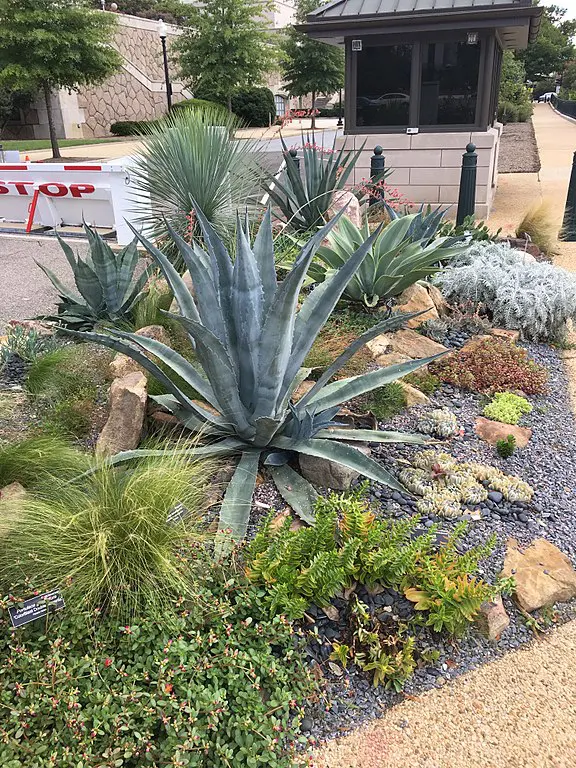
Embarking on the xeriscaping journey unfolds a pathway to sustainable and aesthetically pleasing outdoor living.
Implementing xeriscaping in your outdoor space is a proactive step towards water conservation, and a chance to craft a low-maintenance garden that resonates with the local environment and your personal style.
Planning
Embarking on your xeriscaping journey begins with a meticulous plan.
Assess your local environment, understand your soil’s water retention capabilities, and set realistic water conservation goals.
Plant Selection
Choosing the right plants is paramount to design and plant selection.
Drought-resistant plants like succulents, Buffalo grass, and perennial flowers are staples in a xeriscaped garden.
Their deep roots are engineered by nature to survive with little water, making them an excellent choice for your garden.
Soil Preparation
Good soil is the bedrock of a successful xeriscape landscape. Soil improvement through the addition of organic matter enhances soil moisture retention, reducing the water requirements of your plants.
Irrigation Efficiency
Incorporating an efficient irrigation system like drip irrigation systems or soaker hoses ensures that the use of water in your garden is optimized.
These systems deliver water at the base of the plant, reducing water waste and ensuring your plants get the right amount of water they need to thrive.
Mulching
Mulching is like a protective blanket for your garden. It conserves soil moisture, combats weed growth, and adds a finished look to your landscape.
Wood chips or bark chips are excellent choices for mulching in a xeriscaped landscape.
Examples and Inspiration
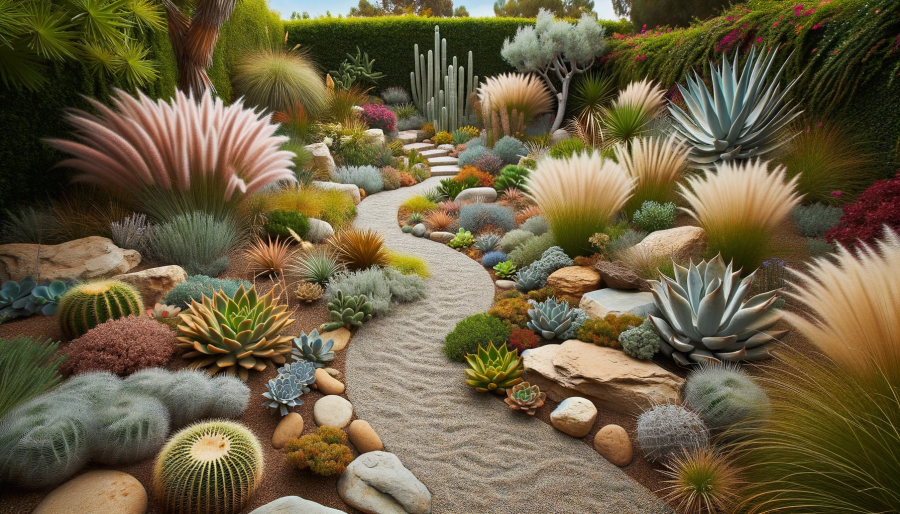
Unveiling the charm of xeriscaping through some examples for inspiration can be a game-changer.
It’s about seeing the potential of a water-wise garden come to life, igniting ideas for your own outdoor space.
From vibrant rock gardens to flourishing native plants, the possibilities are both endless and exciting!
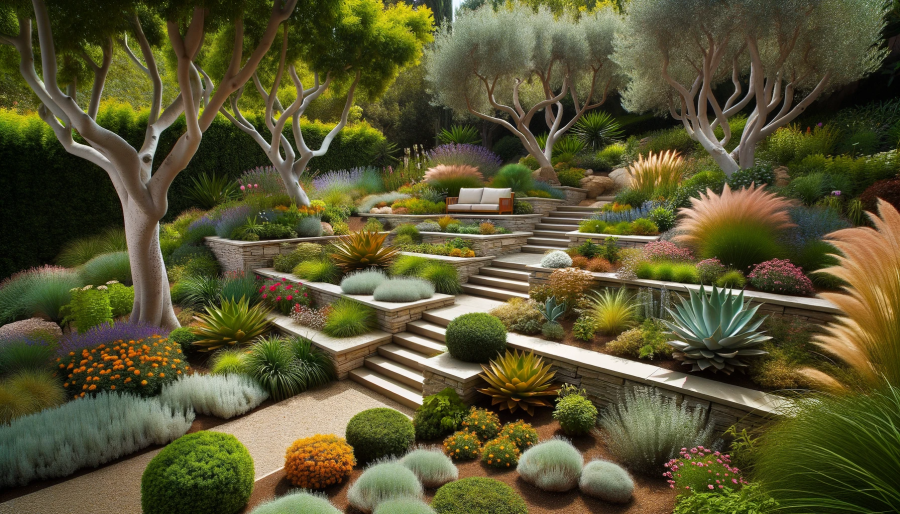
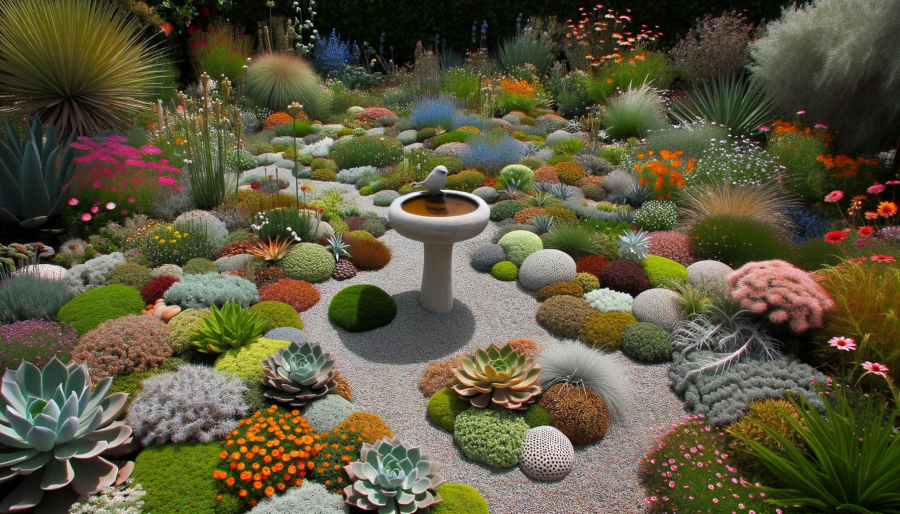
Plants for Xeriscaping

The heart of xeriscaping beats with the selection of the right plants that thrive with less water.
Choosing drought-resistant and native plants is not only a nod to water conservation, but also a step towards creating a captivating garden tapestry that requires little maintenance while offering a natural refuge.
List of Plants
From succulents to ornamental grasses, the array of drought-tolerant plants suitable for xeriscaping is extensive.
These plants are not only resilient to drought conditions but are also a visual feast for the eyes.
Here’s a list of some of the plants that thrive in xeriscaped gardens due to their low water requirements:
- Succulents
- Aloe Vera
- Sedum
- Sempervivum (Hens and Chicks)
- Agave
- Echeveria
- Perennials
- Lavender
- Black-Eyed Susan
- Coneflower (Echinacea)
- Catmint
- Yarrow
- Grasses
- Buffalo Grass
- Bermuda Grass
- Fescue
- Zoysia Grass
- Shrubs
- Sage (Salvia)
- Butterfly Bush
- Russian Sage
- Wax Myrtle
- Trees
- Mesquite Tree
- Palo Verde Tree
- Desert Willow
- Ground Covers
- Ice Plant
- Trailing Lantana
- Stonecrop
- Herbs
- Rosemary
- Thyme
- Oregano
Each of these plants brings a unique texture, color, and character to your xeriscaped garden while promoting water conservation and ease of maintenance.
Planting Tips
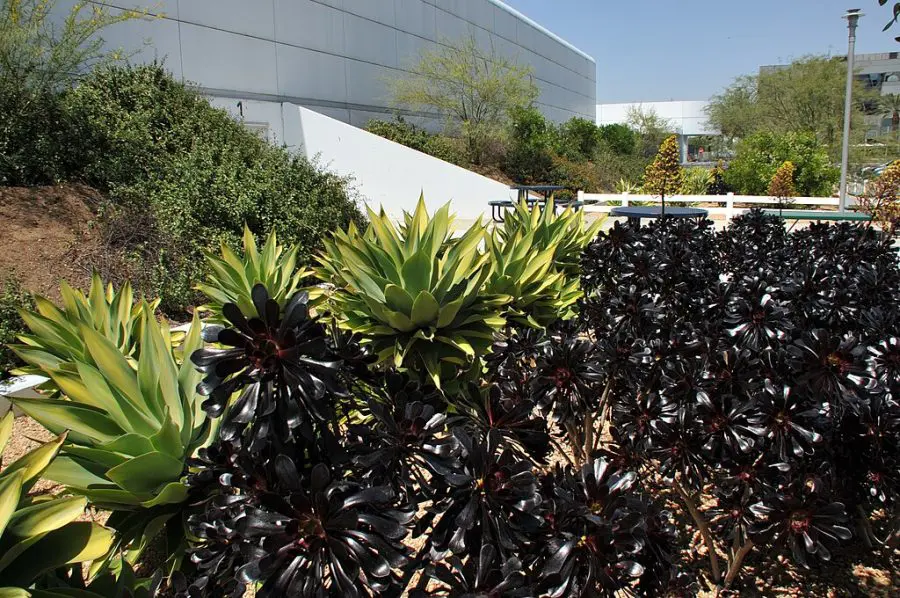
Group plants with similar water needs together to optimize water use.
Placing plants in the right place based on their water needs and sunlight requirements is the hallmark of a successful xeriscape landscape.
Frequently Asked Questions (FAQs)
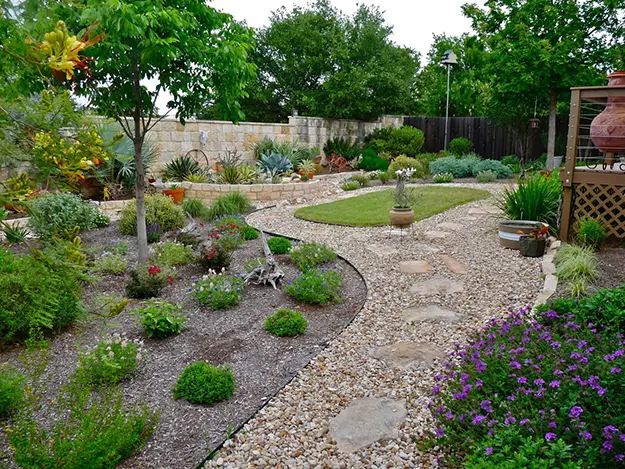
-
What is the cost implication of transitioning to a xeriscaped garden?
- The initial investment in drought-resistant plants and efficient irrigation systems may be offset by the long-term savings from lower water bills and less maintenance.
-
How can I ensure my xeriscaped garden thrives in a cold climate?
- Opt for indigenous plants with drought tolerance that are also adapted to withstand colder temperatures.
-
Can I incorporate a lawn in my xeriscaped garden?
- Absolutely! Opt for cool-season grasses like Kentucky Bluegrass or Fescue which require less water compared to traditional lawns.
-
How can I find local resources or experts on xeriscaping?
- Local nurseries, gardening clubs, or online communities dedicated to xeriscaping are excellent platforms to connect with experts and gather more information.
With xeriscaping, the beauty of your outdoor space doesn’t have to be at the expense of our precious water resources.
Its principles are a guide to not only conserving water but creating a low-maintenance, aesthetically pleasing garden that resonates with the local environment.
Your path to a sustainable, stunning garden begins with xeriscaping.
Conclusion
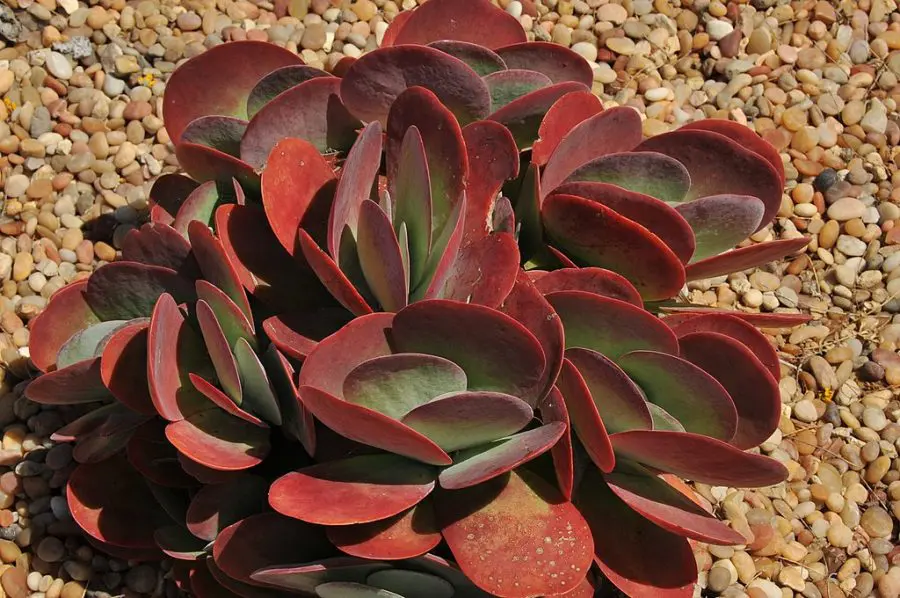
Xeriscaping is not just a fleeting trend, but a substantial move towards fostering a harmonious relationship between nature and our living spaces.
The ripple effects of xeriscaping are profound, marking a reduction in water use, lesser maintenance hassles, and a picturesque garden that’s in tune with the local ecosystem.
It’s an invitation to not only beautify our outdoor spaces but to do so in a manner that reverberates with the ethos of sustainability.
By embracing the principles of xeriscaping, you are not just gardening, but making a statement of eco-consciousness that has the power to inspire a ripple effect in your community.
Community Engagement and Education
Xeriscaping can become a community endeavor, fostering a culture of water conservation and appreciation for local flora and fauna.
As more people adopt this sustainable landscaping method, it creates a ripple of awareness and education regarding water conservation.
Engaging local governments, nurseries, and landscaping experts can further propel the movement, making resources and expertise more accessible to individuals keen on transitioning to xeriscaping.
It’s more than just individual gardens; it’s about cultivating a community rooted in sustainability.
Biodiversity and Habitat Creation
The choice of native and drought-resistant plants in xeriscaping not only reduces water consumption but also creates a haven for local wildlife.
Your xeriscaped garden can become a sanctuary for various birds, insects, and other creatures, thereby enhancing local biodiversity.
Moreover, xeriscaping also mitigates the adverse effects of water scarcity on local habitats, rendering a positive environmental impact that goes beyond your backyard.
Through xeriscaping, your garden transforms into a micro-habitat, contributing to a larger ecosystem that thrives on the principles of co-existence and sustainability.
Encouragement to Begin Xeriscaping
Stepping into the realm of xeriscaping is not just a choice; it’s a meaningful commitment towards fostering a sustainable, water-wise garden that blooms with beauty and purpose.
The journey may begin with a simple desire for lower maintenance or water bills, but it blossoms into a profound appreciation for nature’s resilience and the role each one of us plays in water conservation.
The transition might seem daunting, yet with a bit of planning, the right plant selections, and a dash of creativity, the rewards are boundless.
Each drought-tolerant plant you sow, and every drop of water you save, paves the way for a garden that’s not only pleasing to the eye but gentle on the earth.
Xeriscaping is more than just a landscaping method; it’s a call to action, an invitation to make a lasting impact.
So, why wait? Begin your xeriscaping adventure today, and let every stone, every plant, and every droplet of water saved be a testament to greener, more sustainable outdoor living.

